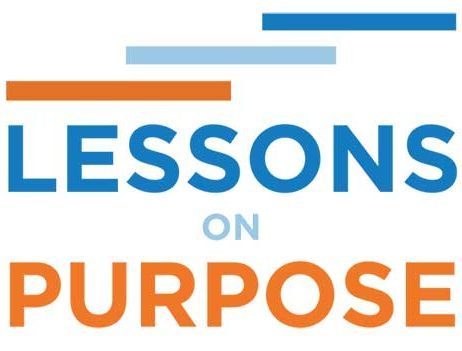Meeting Rule Book
Meeting are one of the most prevalent activities in today’s organizations; American workers attend 35-50 million meetings each day, some 3 per manager per day, over 5 per day for executives and about 1 per days for everyone else. They are also among the most maligned and despised activities, in large part because there are often ineffective or poorly led. All sporting events and games have a rule book – a standard set of agreed-upon criteria by which all participants agree – but why don’t meetings? Can you image playing cards where teammates are not aligned on the purpose of the game, or playing in a soccer game with no time clock nor scoreboard? No way. Yet, many of us spend 2+ full days per week in meetings with no agreed tenets, or rules of engagement. We have all checked email, the internet or daydreamed though a meeting; I proffer that meetings would be much more effective and even enjoyable if we all agreed to abide by these simple rules.
Meeting Rule Book:
- Define the purpose: every meeting should begin with ‘the purpose of this meeting is …” This principle ensures alignment and significant improves focus and outcome. It is OK to have different meeting purposes: some are information sharing, others for making decisions or creating new solutions. But every meeting must start with a well defined purpose.
- Ensure proper attendance: everyone attending a meeting should know why they are there, and attendance should include no more nor fewer people than required to achieve the purpose. It is taboo in some companies to miss a meeting, and I have seen many ‘over-attended’ meetings, where people want to just ‘see what happens’ or fear missing out. If people do not speak during a meeting, it is a good indication that their attendance was not required and their time could have been better spent adding value in another way. Often a clear agenda, and crisp notes (see #6 below) will solve meeting attendance issues.
- Have an agenda: It is imperative that every meeting have an agenda, and one sent out at least 24 hours in advance. This ensures pre-thought by the meeting organizer – on purpose, attendees, expected outcomes and timing.
- Start and end on time: most meetings are typically set for one hour in duration. In my experience most ‘one-hour’ meetings could accomplish just as much within 30 minutes – if organized in advance. Having time tension is a good thing when multiple people are gathered together, particularly in information sharing, or decision making settings. The creative process may take longer – but think before you default to 60-minute meeting times. 2% of someone’s workweek x 10 attendees = one full time equivalent work day.
- Start from the same place: ensure meeting attendees understand what has proceeded this meeting. In the most effective meetings, pre-read materials should go out to attendees in advance, allowing time for attendees to start from the same place. This will also help ensure you have proper attendees as attendees can invite others needed, or self-select themselves out of attending.
- Crisp actions and dates: this clarity is what is missing from most meetings. Leaders should ensure a clear list of what is required, by whom and when as part of meeting notes, communicated within 12 hours of meeting adjournment.

